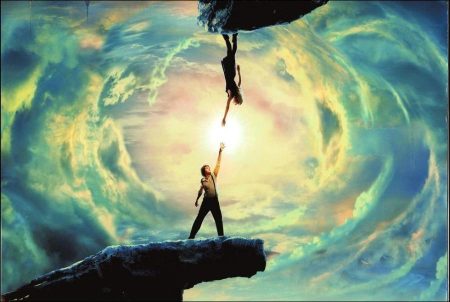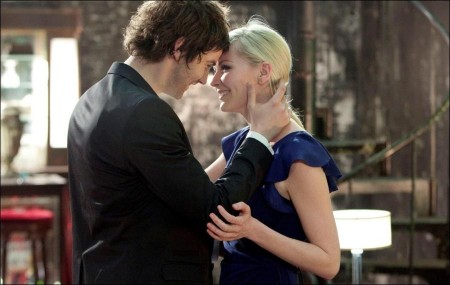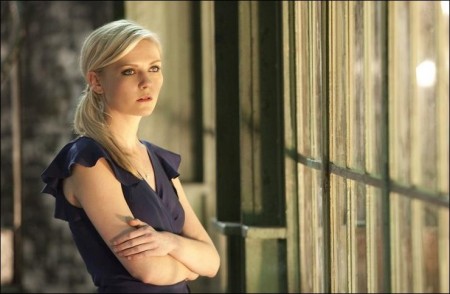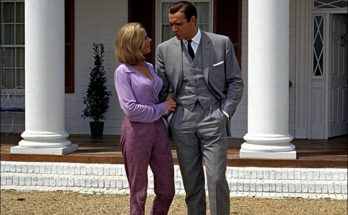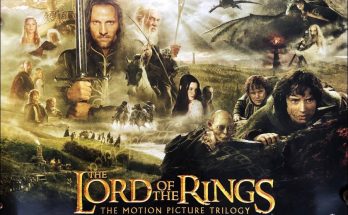Building the twin worlds of Upside Down movie. For cast and crew alike, the very originality of the script was also what made it at times challenging. To tackle the massive production design challenges, McDowell marshaled a core design team consisting of a supervising art director and two assistant art directors along with a half-dozen set designers, three illustrators and two full 3D digital artists working on the post-production end.
McDowell says his design process typically starts with research, then moves into conceptual artwork that simultaneously involves 3D modeling and painting, with the 3D models being adjusted and updated based on a plethora of photographic material.
For Upside Down, the design process involved two parallel tracks of activity that fed into each other and spanned the Atlantic: On one hand, Solanas worked with a Paris-based visual effects house called La Maison, blocking scenes, and moving cameras and actors around in virtual space based on the environment design McDowell’s team was doing in Montreal. At the same time, Solanas’ work in Paris fed into what McDowell’s team was doing — for example, a new camera position might affect the design of a set.
“We would update the set based on every new bit of information we got from Juan,” McDowell says. “That was a constant process throughout this film.”
But all agree it was the dual gravity concept that presented the greatest challenge to the team. For most of the dual gravity scenes, McDowell explains, the two gravities had to be shot independently of one another, and then precisely stitched together.
“We would literally design a set, then cut it in half, and split it into sort of two halves of the egg, and put them side by side,” he says.
Characters interacting in these scenes were shot separately in their respective half of “the egg” using green screen as background. At the core of this process, McDowell says, was extensive visualization work in which the team examined the environment in all gravities, followed by a pre-visualization phase in which sequences were blocked and storyboarded into those environments, and frames extracted, painted and analyzed. But even with all of this preparation, there were surprises on set that made the actual shooting of some scenes incredibly difficult and demanded considerable technical creativity.
“We developed technologies that have never been used before,” says Solanas, who is not a fan of soulless digital effects. “We wanted the film to remain very human and analogue — so we also developed a technology just to be able to stay analogue.”
One technology used to ensure that camera position, spaces and shot requirements remained in sync in both halves of the split sets was motion control (“MoCo” for short), whereby a “master” camera on a dolly on one set is linked to a robotically controlled “slave” camera on the other set.
“It was very cool because when I would operate the camera and pan right, the MoCo behind on the other set would go ‘Vrooom,'” Gill says. “It’s all very complex. It’s all computerized.”
But what McDowell calls the “revolutionary challenge” of the production was the issue of eye-line — the invisible line of sight that connects two people who are looking at each other.
“Historically in film there’s been a lot of trickery with floors and ceilings and upside down orientation where the gravity’s changing,” says McDowell — cases in point ranging from Christopher Nolan’s Inception in 2010 to the 1951 film Royal Wedding, in which Fred Astaire famously dances on the walls and ceiling of a gimbal-mounted room. “But I don’t think we’ve often, if ever, had a dialogue scene between two people in two different gravities.”
In such split-set scenes — and there are many in Upside Down — the filmmakers found it hugely challenging to get a believable, specific eye-line between two actors who were acting not only in different spaces and often at different times, but also in opposite gravities.
“The issue of going through a scene trying to find the right shots to get to a point where people were face to face was very, very, very, very complicated,” Gill recalls. “It was mind-boggling.”
Related Link: View the Full Production Notes for Upside Down
Visits: 155
